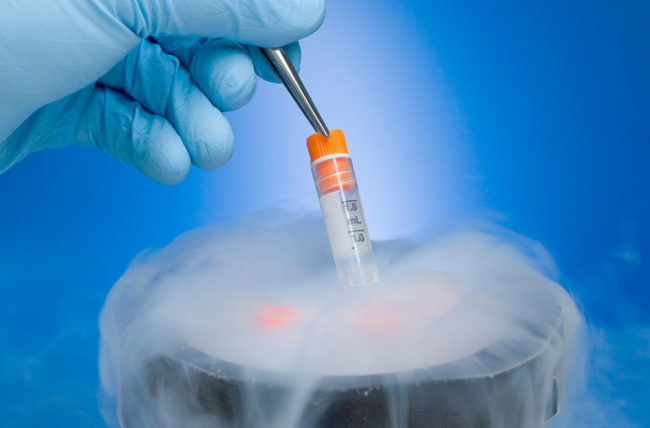Facial asymmetry, or a noticeable difference in the size or shape of the face, is a common condition that affects many people. While some degree of asymmetry is normal and often goes unnoticed, significant facial asymmetry can cause self-consciousness and affect a person’s confidence and self-esteem.
Fortunately, there are a variety of treatment options available for facial asymmetry, ranging from non-invasive treatments to surgical procedures. Here we will discuss some of the most common treatment options for facial asymmetry.
Jaw Surgery
Jaw surgery, or orthognathic surgery, can be used to address facial asymmetry caused by misaligned jaws or chin. By surgically repositioning the jaw or chin, a skilled surgeon can improve the overall symmetry and balance of the face.
Jaw surgery is a surgical procedure that is performed under general anesthesia. Recovery time can vary depending on the extent of the procedure, but most patients can return to normal activities within a few weeks.
Orthodontic Treatment
Orthodontic treatment, such as braces or clear aligners, can be an effective way to address facial asymmetry caused by misaligned teeth or jaws. By straightening the teeth and correcting the bite, orthodontic treatment can improve the overall symmetry of the face.
In some cases, orthodontic treatment may also be combined with other procedures, such as jaw surgery, to achieve optimal results. However, orthodontic treatment can be a lengthy process and may not be suitable for everyone.
Facial Fillers
Facial fillers, such as hyaluronic acid or collagen, can be used to add volume to the face and correct asymmetry caused by facial bone or soft tissue loss. By injecting the fillers into specific areas of the face, a skilled provider can create a more balanced and symmetrical appearance.
Facial fillers are a non-invasive treatment option that can be performed in a provider’s office with minimal downtime. However, the effects of fillers are temporary and will need to be repeated periodically to maintain the desired results.
Botox Injections
Botox injections can be used to treat facial asymmetry caused by muscle imbalances or overactivity. By injecting small amounts of botulinum toxin into specific muscles, a provider can relax the muscle and create a more symmetrical appearance.
Botox injections are a quick and easy treatment option that can be performed in a provider’s office with minimal downtime. However, the effects of Botox are temporary and will need to be repeated periodically to maintain the desired results.
Facial Implants
Facial implants can be used to address facial asymmetry caused by bone or soft tissue deficiencies. By surgically placing implants in specific areas of the face, a skilled surgeon can create a more balanced and symmetrical appearance.
Facial implants are a surgical procedure that is performed under general anesthesia. Recovery time can vary depending on the extent of the procedure, but most patients can return to normal activities within a few weeks.
Facelift
A facelift, or rhytidectomy, can be used to address facial asymmetry caused by sagging skin or tissue. By removing excess skin and tightening the underlying tissue, a skilled surgeon can create a more youthful and symmetrical appearance.
A facelift is a surgical procedure that is performed under general anesthesia. Recovery time can vary depending on the extent of the procedure, but most patients can return to normal activities within a few weeks.
Conclusion
In conclusion, facial asymmetry is a common condition that can be caused by a variety of factors, including genetics, injury, or aging. Fortunately, there are a variety of treatment options available for facial asymmetry, ranging from non-invasive treatments to surgical procedures.





